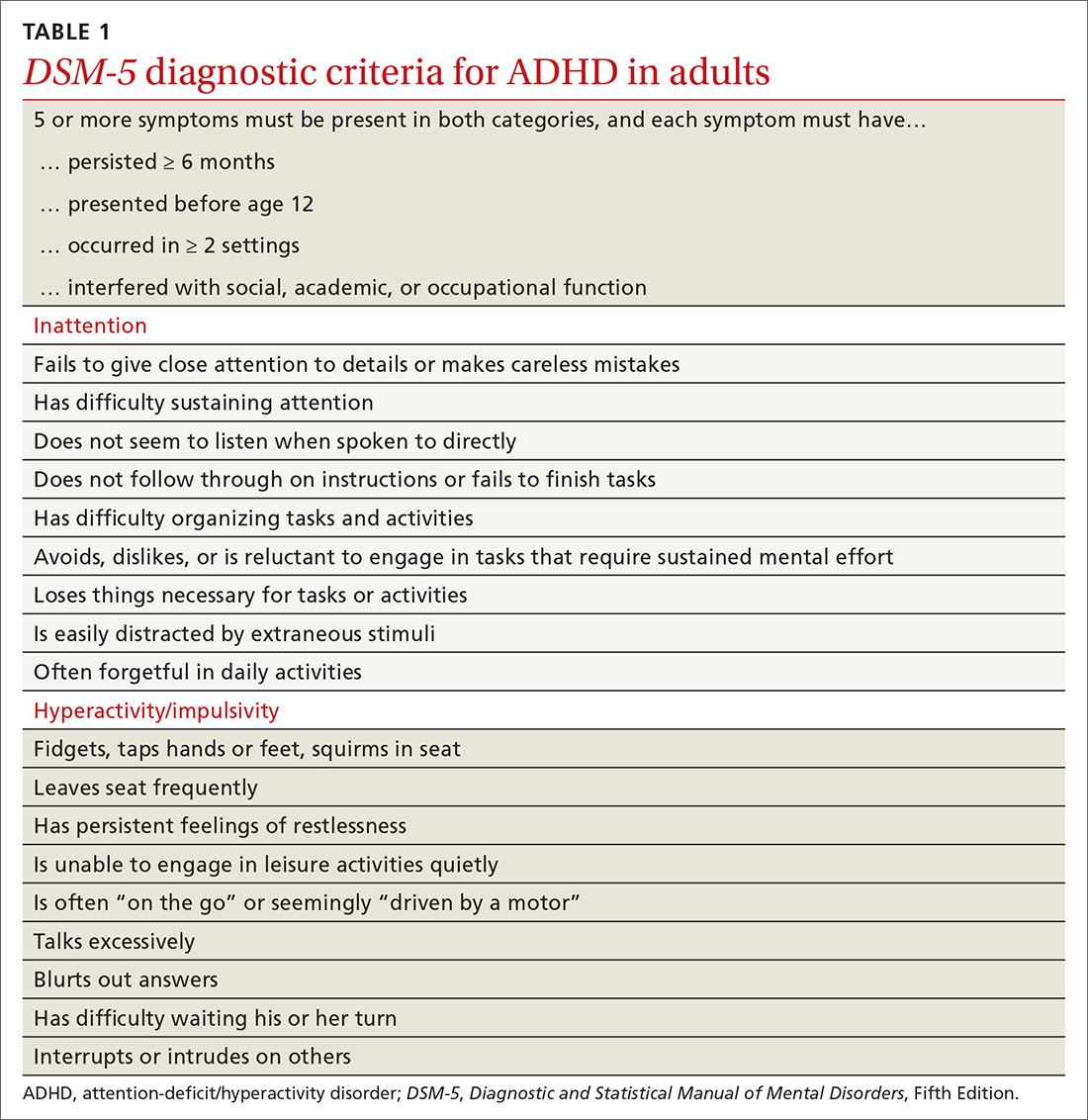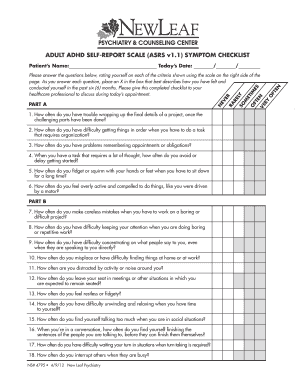ADHD, or Attention Deficit Hyperactivity Disorder, is a condition that affects both children and adults. It can sometimes be misunderstood or overlooked, but with the right support and understanding, individuals with ADHD can thrive. In this post, we’ll provide you with a checklist and resources to help you navigate the world of ADHD.
Checklist: How to Help With ADHD (Infograph)
 First, let’s start with a helpful infographic. This visual aid provides a comprehensive checklist that outlines strategies for supporting individuals with ADHD. It covers various aspects, such as behavioral therapy, medication, and creating a structured environment.
First, let’s start with a helpful infographic. This visual aid provides a comprehensive checklist that outlines strategies for supporting individuals with ADHD. It covers various aspects, such as behavioral therapy, medication, and creating a structured environment.
ADD/ADHD checklist
 Next, we have a printable checklist that can be a useful tool for parents, educators, or individuals with ADHD themselves. This resource allows you to track symptoms, set goals, and monitor progress along the way.
Next, we have a printable checklist that can be a useful tool for parents, educators, or individuals with ADHD themselves. This resource allows you to track symptoms, set goals, and monitor progress along the way.
Working adeptly to diagnose and treat adult ADHD

CONNERS - ADHD Checklists and Rating Scale Summary Sheet

Adhd Checklist Pdf
 For those who prefer a digital format, this PDF checklist can be filled out online. This resource offers a convenient way to assess symptoms, track progress, and share information with healthcare professionals or educators.
For those who prefer a digital format, this PDF checklist can be filled out online. This resource offers a convenient way to assess symptoms, track progress, and share information with healthcare professionals or educators.
ADD Screening Checklist for Providers
 This screening checklist is specifically designed for healthcare providers who are evaluating adults for ADHD. It consists of a series of questions that assist in making an accurate diagnosis and developing an appropriate treatment plan based on the individual’s needs.
This screening checklist is specifically designed for healthcare providers who are evaluating adults for ADHD. It consists of a series of questions that assist in making an accurate diagnosis and developing an appropriate treatment plan based on the individual’s needs.
Earning TV Time
 Finally, let’s shift our focus to a strategy for managing ADHD symptoms in children. This idea involves setting goals and using TV time as a reward for completing tasks or demonstrating positive behaviors. It’s a creative approach that can help children with ADHD develop discipline and motivation.
Finally, let’s shift our focus to a strategy for managing ADHD symptoms in children. This idea involves setting goals and using TV time as a reward for completing tasks or demonstrating positive behaviors. It’s a creative approach that can help children with ADHD develop discipline and motivation.
Remember, ADHD can vary greatly from person to person, and what works for one individual may not work for another. However, having access to a variety of resources, such as checklists, infographics, and screening tools, can be instrumental in navigating this complex condition.
By utilizing these resources, seeking professional guidance, and providing a supportive environment, individuals with ADHD can learn to manage their symptoms effectively and unlock their full potential.